-
Posts
342 -
Joined
-
Last visited
Content Type
Profiles
Forums
Gallery
Events
Posts posted by Veszett Roka
-
-
I think it is a great improvement Ian. Be proud!
-
4 hours ago, wefalck said:
In most, but the very largest scales, the pattern of the real wood grain is way over-scale or not of the right sort. Also imitating the correct colour using dyes or stains tends to be a hit and miss action ...
No one should build any wooden shipmodel (except gigantic ones) if we would take the wood grain patterns this serious. For colors, use veneer.
-
18 hours ago, Ian_Grant said:
Veszett, your "Pamir" looks great!! I noticed the anchor crane seems way more substantial than mine; but looking at the photo of Preussen wrecked Heller seems to have got it right.
Here is another pic, however it is not so informative. I think your anchor crane is correct for Preussen.
-
I do understand the reason of paper decoration, but found somehow pity that we shall cover a wooden panel with a printed wood imitation paper.
- thibaultron, Egilman, yvesvidal and 4 others
-
 7
7
-
-
1 hour ago, wemattson said:
Yes, I will be doing a build log for the Passat. I'm in the process of finishing up Revell's Colombia Express, and Academy's USS Reuben James first. I wish I had done a build log of those two because I feel that a build log helps keep the building process moving forward.
Absolutely. And this is the reason why i didn't started a build log for my Pamir, because it would be a dead log - i have so little time for build her 😢
-
17 hours ago, wemattson said:
The Passat should be getting started in February.
Looking for another windjammer! Will you start a build log?
-
Great improvement Ian. What if you add padding between the boat support and the flybridge?
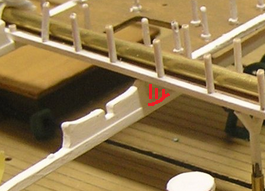
-
Congratulations. I can stare them for a year or more.
- Old Collingwood, Jack12477, mtaylor and 5 others
-
 8
8
-
-
On 7/9/2021 at 6:26 PM, Spooky spoon said:
Are there any YouTube videos explaining this technique? Every time I try, a lot of paint ends up bleeding through, and I end up having to do it with a brush
Thanks
Folks,
i came to the party late, but started following this ship.
On Youtube, try Ebroin's miniatures. He's a master of masking, chipping, etc.
https://www.youtube.com/c/EbroinSong/videos?view=0&sort=dd&shelf_id=0- Spooky spoon, Canute, mtaylor and 2 others
-
 5
5
-
10 hours ago, Ian_Grant said:
I would think that the catwalks would be level, too. It's just that Heller has made the support posts too short. If I extend them to raise the catwalk, I will also need to raise the boat beams since they support the catwalk too. Doesn't sound trivial, I will have to think about it.
It's the same story for the forward catwalk; if I raise it I will have to pad the lower walls of the boiler hut.
Looking at the pictures Veszett sent in post #43, they look much cleaner when level. I also notice this model has support posts in pairs whereas Heller has triangular flanges under the walks, with single posts. But at this point I will not change them.
Hi Ian,
the Y shaped posts are the right, so the Heller version. Here is a picture from the wrecked Preussen, on far left a support post clearly shown.
Also i found a picture which show the forward catwalk is in level to the forecastle deck - i assume all would follow that design.
Third one the very high chimneys. My previous picture in post #99 and the third one displays much lower chimneys, you might consider to shorten them before foremast rigging.Correction: earlier pictures show the high chimneys too. So they cut shorter sometimes, both version will be correct.
-
You can call her anything, its still based on Mary Celeste - or Marie Celeste - whatever you prefer. Great looking ship any ways.
-
15 hours ago, Ian_Grant said:
Victor J. had told me the catwalks were not flush with the decks (as somehow I expected) given the height of the support posts. He is right. It is quite a step down from the poop deck, but trying to raise it would screw up the boat beams. Maybe I will add a little step later.
Hi Ian,
are you sure about the catwalks height? All of the windjammers i seen had levelled catwalks without any steps. I know the Presussen is unique, so i'm unsure, but i think the solution is the same. Unfortunately i found very few picture on board of Preussen. The models i see all sported flat catwalks.
But one, this is clearly shows how the forestays tied together, what we have discussed earlier. -
No words Gary. Absolutely spectacular! i had to look onto any of my HO scale car to imagine how tiny those details are. Marvelous!
-
8 minutes ago, mikegr said:
Because enamel paint should be perfectly thinned in order to work easily with it without the risk of microdrips getting under the tape. An airbrush could help but still need experience about matching color thickness, spraying distance etc. A white thinned paint over dark paint would require several layers. A primer would have helped here.
Ah, it makes sense. I understand your concerns here, i would need properly thinned paints too. Especially because the old models have several layers of paint plus lacquer. Still don't know yet how to remove (or overpaint) the old colors. Also the fine pigmentation is important, i think Humbrol enamels is one of the best in this manner (disadvantage is their tendency to sedimentation, and you cannot know how long a paint bucket kept on the self).
Thank you! -
12 hours ago, mikegr said:
I did some paintwork on the rear deck. I used brush. It was trickier than I thought. I also modified the bow making an "open" frame.
Why it was tricky? This seems quite simple for me using masking tape and brush, so i'd like to learn some technique for the future. Check out my Titanic here, it was entirely hand-painted by brushes. Also i'd like to restore and bash a lot my childhood models (Russian battleship Potemkin and ice breaker Lenin), both 1:400 and i think your tips will be needed there.
- Canute, mtaylor, Old Collingwood and 2 others
-
 5
5
-
24 minutes ago, Bill97 said:
Thanks for the invite “rabid fox” Veszett! Will definitely drop a line if ever heading that way. Have watched numerous international travel shows. Have found it interesting about Budapest how it is divided Buda part and the Pest part, if I understand correctly. Each side different from the other? Is that correct?
Yes, you are correct. Buda is built on hills, Pest is flat. Although its a slope, and far points of Pest is higher than the Buda hills. Pest residents says that Pest is better because the skyline of Buda hills, but from Buda you can see the flat Pest only

-
21 minutes ago, Valeriy V said:
I remember when i drove a 1961 Skoda Octavia. The light switch was exactly the same position what the picture shows here, also the handbrake where the red arm on this pic. Everything was made from metal, very few rubber or plastic...
-
19 hours ago, Bill97 said:
Hello Veszett. Thanks for the photo. How goes he modeling world in Budapest? I have been many places in Europe but not Budapest yet. My understanding is your city is beautiful.
Thank you Bill, indeed it is a beautiful city. Pity the actual government goes mad and care nothing, thus the beauty slowly fades away. Not alone in the world i think. Just drop me a mail once you come here, surely we would pop a few (or more) beers together. Or bourbon if you prefer KY drinks

Shipmodelers here considered like "holy fools", the main community thinks we are sick because the tiny scales (their favorite is 1:48 because the planes and armories) and due the exhaustive works of rigging etc. However the finished shipmodels are very well appreciated, and the wow factor is high.
Anyhow, my name Veszett Roka means rabid fox in hungarian (veszett=rabid, roka=fox), i got this nickname when started racing. I love it!
- Hubac's Historian and dafi
-
 1
1
-
 1
1
-
Can i get the plans for the 3D printed cat over there? 😄
-
On 11/28/2021 at 9:20 PM, Bill97 said:
I was thinking earlier today that there are several of us that communicate and comment frequently on this build blog. As an old school kind of guy I like to put a face with a name. Fun to see how the face compares to what I imagine. I saw Daniel’s picture on his blog. I am attaching mine. If any of you other guys would want to post a photo it would be great.
AH, and not to forget, since i commented here: it's me. Although the picture is not too fresh, its been taken a few years back. Now i have more grey hair, and a newer model of telephone

-
1 hour ago, dafi said:
The big beam is the slide for the beam of the gaff, the iron fitting can be seen on the starbord side.
Here you can see that the column is not in touch with the big bar. This was while leaving the harbor under motor, so no tackles were used.
That big bar is the traveller of the main sail. Better not step on it when ship turns against the wind

I love the hidden engine controls in the drawer. -
18 hours ago, Ian_Grant said:
Interesting photo, like nothing I've ever seen. Questions: Is that the steering gear? Does the big beam slide side to side through the bulwarks? Does it move twin rudders? Why a tackle on one side only? Questing minds seek to know.🤔
From the picture, yes, this is the tiller, and i don't think it moves twin rudder. Also i don-t think it reaches the bulwark at any side, however it has plenty of space there. The tackle is on windward side only since the ship is trimmed to go windward a bit (and due its hull shape - it is designed this way) - dutch people call this 'luvgierig'. Hence the helmsman need to pull the tiller always to the windward side a bit, and the tackle helps him.
Daniel will correct me if i'm wrong.


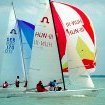
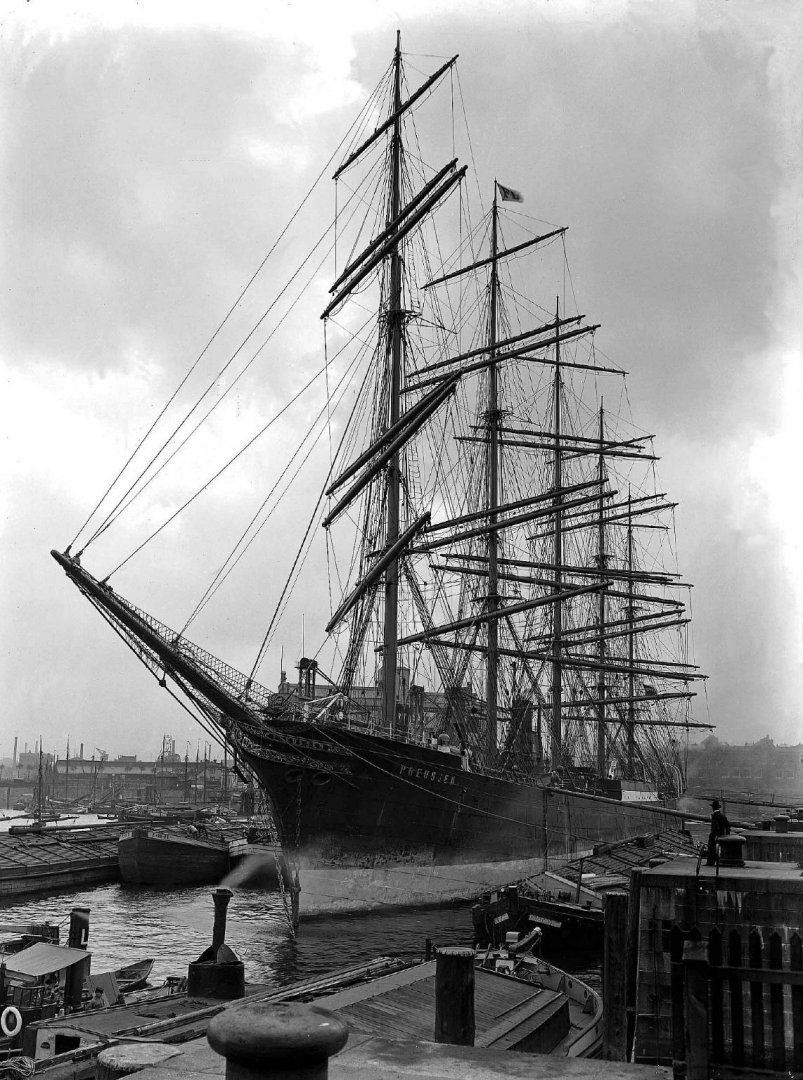


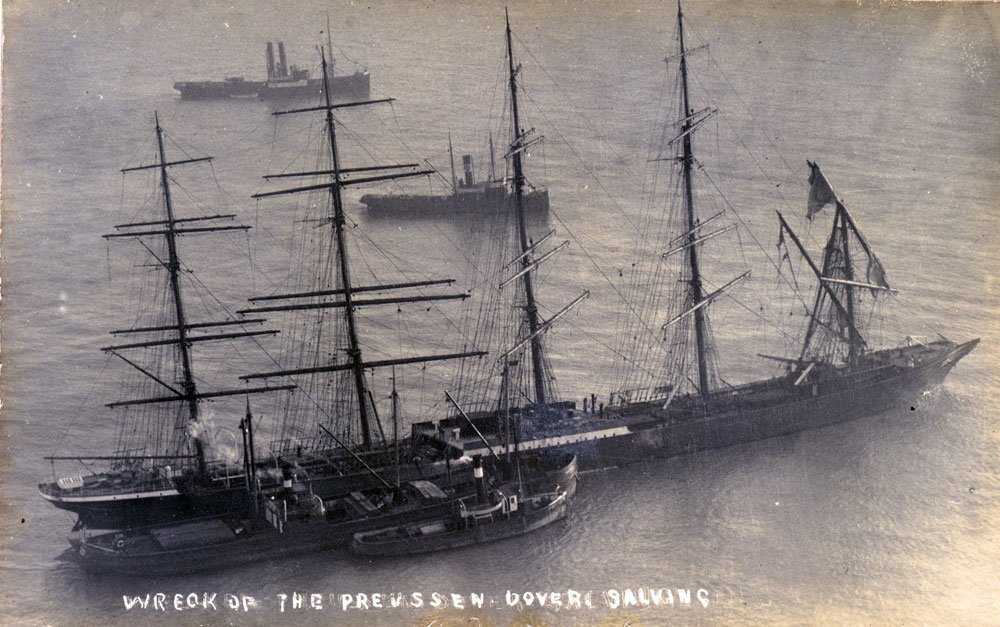
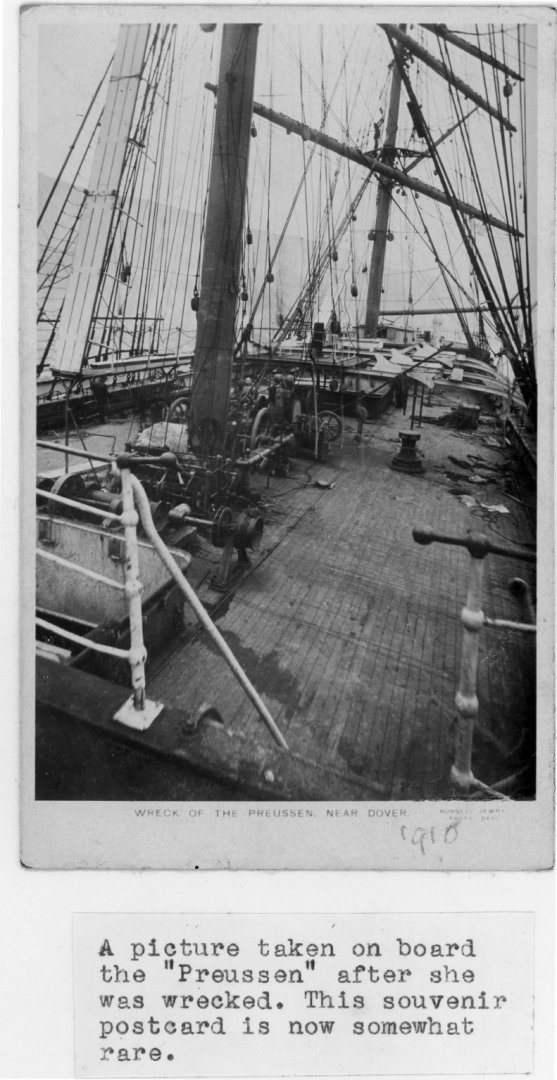
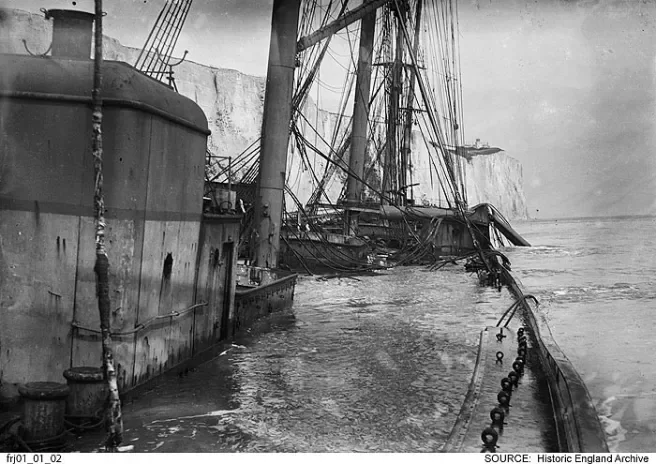
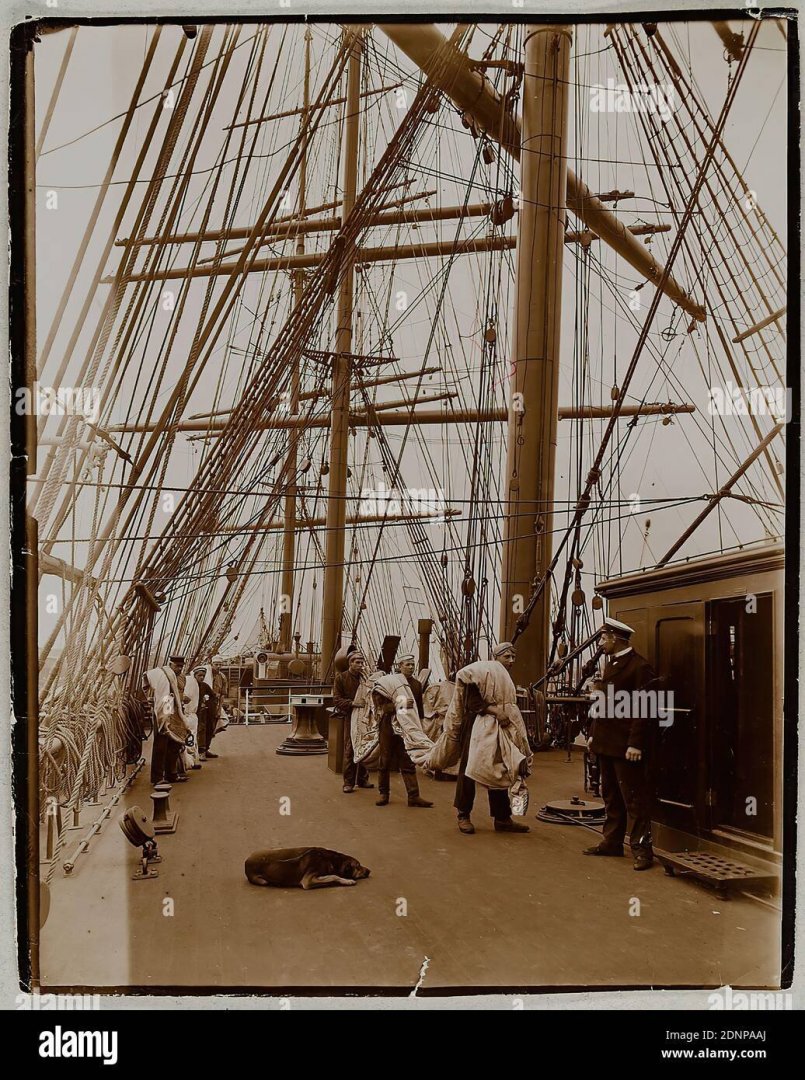

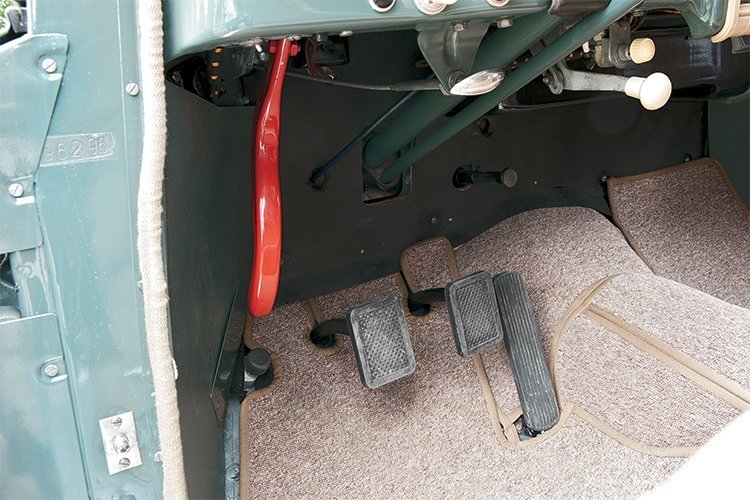

Free hull form creation training workshop
in CAD and 3D Modelling/Drafting Plans with Software
Posted
Hi Greg,
Sound was fine for me, but i'm a Linux user.